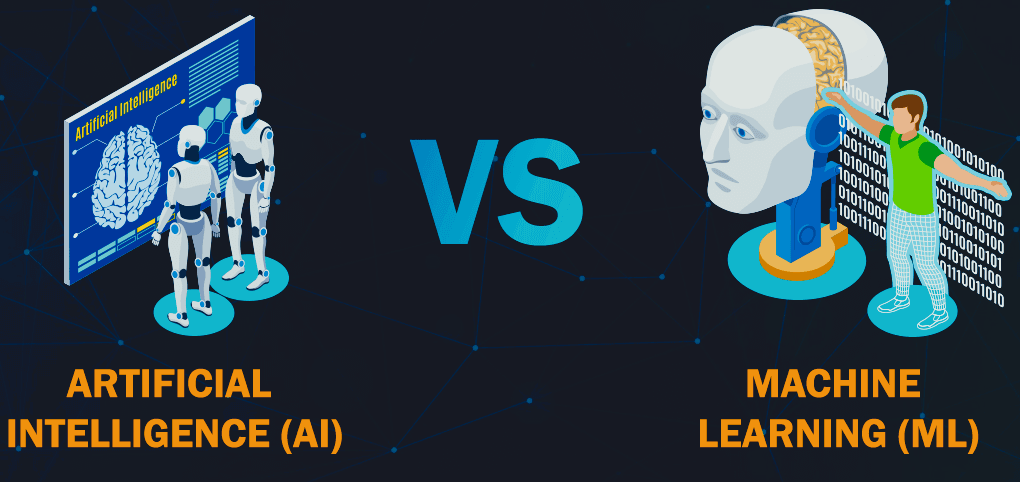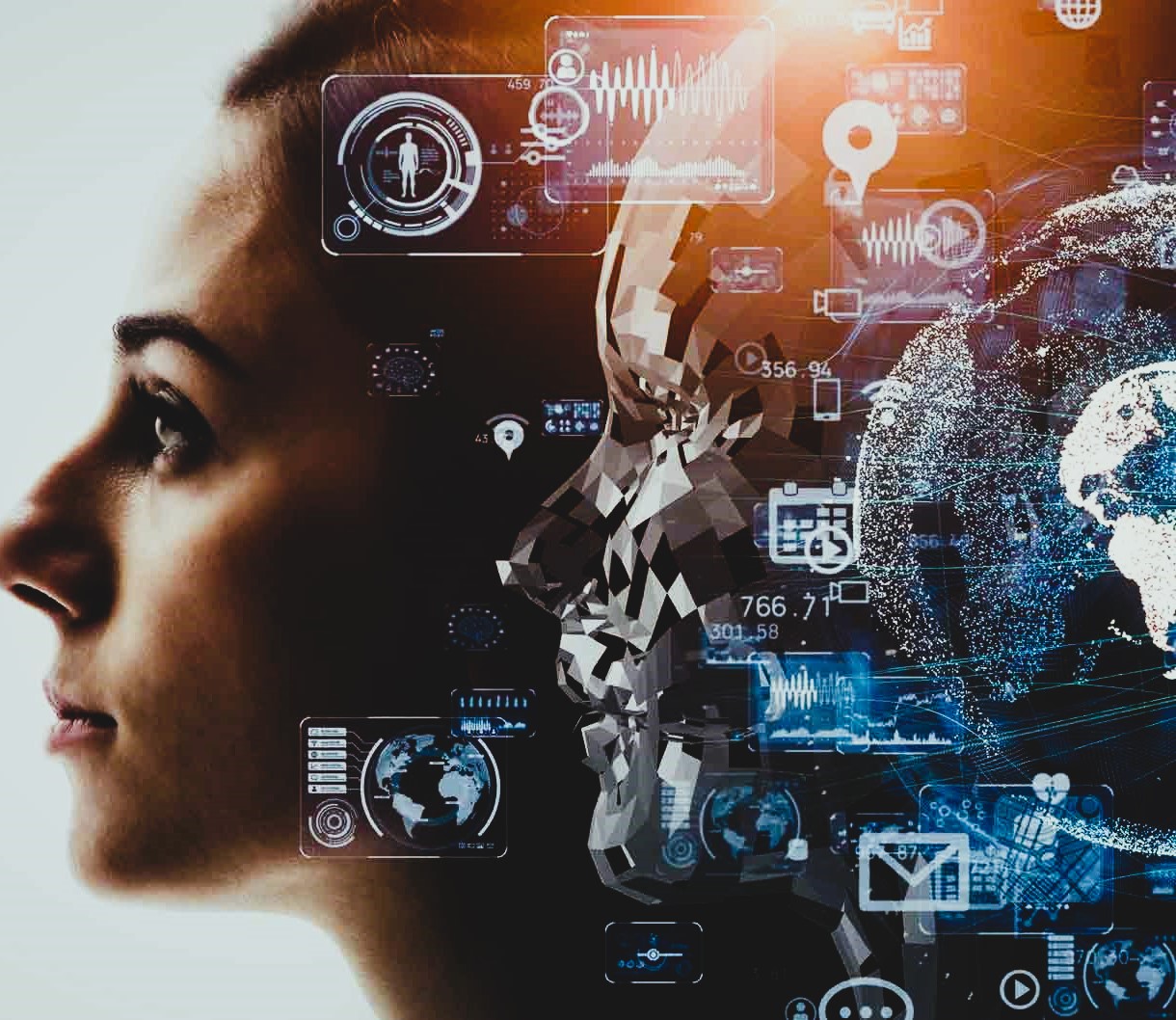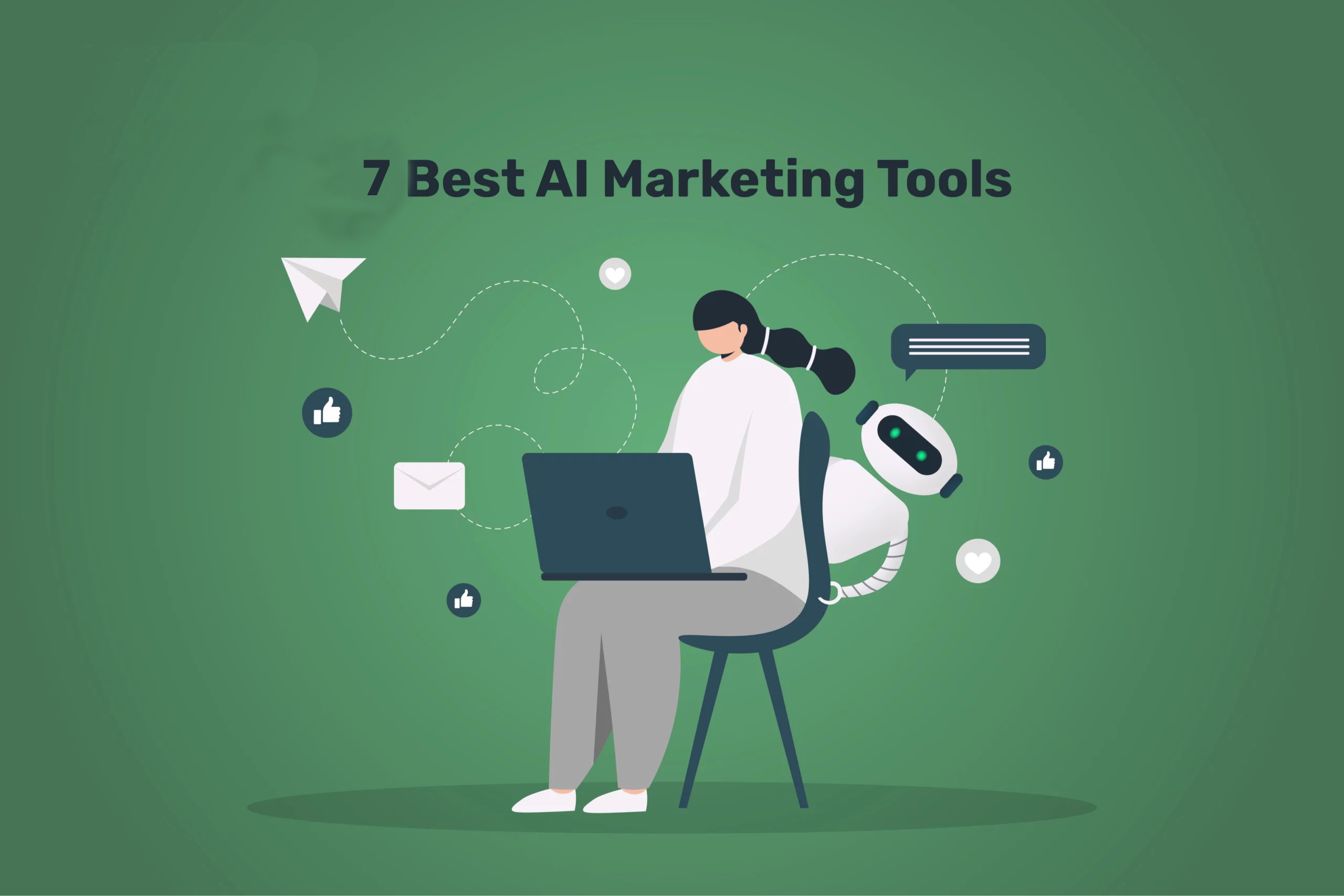Artificial Intelligence (AI) and Machine Learning (ML) are terms we often hear today, but they are not the same. Understanding the difference between AI and ML can help us grasp how these technologies are changing our world and the role each plays in various industries. This article aims to clarify what AI vs ML are, their unique characteristics, and how they impact our daily lives.
Defining Artificial Intelligence
Artificial Intelligence (AI) is the broader concept of machines being able to carry out tasks in a way that we consider “smart.” AI aims to create systems that can think, learn, and perform tasks independently without needing human input each time. There are two main types of AI:
- Narrow AI: This type of AI is designed to perform a single task or specific tasks, like recognizing faces or translating languages. Narrow AI is expected today and found in applications like voice assistants and recommendation engines.
- General AI: Unlike narrow AI, general AI aims to understand, learn, and perform any task that a human can. However, general AI is still a researcher’s goal and has yet to exist in real applications.
Real-world applications of AI include everything from virtual assistants like Siri and Alexa to smart home devices and self-driving cars. In each case, AI automates tasks and makes our interactions with technology more intuitive.
Understanding Machine Learning
Machine Learning (ML) is a subset of AI. It’s a technique that allows systems to learn from data and improve their performance over time without being explicitly programmed for each outcome. Machine learning relies on large amounts of data to help the machine recognize patterns, make predictions, and improve accuracy.
There are three main types of machine learning:
- Supervised Learning: In this approach, the machine is trained on a labeled dataset, which means each data point has a correct answer. This type of learning is helpful for tasks like predicting house prices or identifying spam emails.
- Unsupervised Learning: Here, the machine is given data without any labels, so it must find patterns on its own. Unsupervised learning is used to group customers with similar behaviors or find unusual patterns in data.
- Reinforcement Learning: In reinforcement learning, the machine learns by making decisions and receiving rewards or penalties based on its actions. It’s commonly used in gaming and robotics, where the machine knows how to win a game or navigate a physical space.
Machine learning is widely used in various applications, such as recommendation systems (like Netflix suggesting shows), fraud detection, and personalized marketing.
Critical Differences Between AI and ML
While AI is a broad field aiming to make machines “smart,” machine learning is a specific approach within AI that focuses on learning from data. Here’s a simple way to differentiate the two:

Artificial Intelligence vs Machine Learning
- Scope: AI is a broader concept that includes many approaches and techniques. ML is one of these techniques within AI.
- Purpose: AI aims to create machines that can act intelligently, while ML provides a way to achieve that by allowing machines to learn independently.
A common misconception is that AI and ML are the same, but not all AI systems use machine learning. Some AI systems follow predefined rules or logic to complete tasks without learning from data.
The Role of Data in Machine Learning
Data plays a crucial role in machine learning. The quality and quantity of data directly impact how well a machine-learning model performs.
- Importance of Data Quality: High-quality data is essential for accurate predictions. The machine learning model will likely make mistakes if the data is flawed or biased.
- How Data Drives ML Algorithms: Machine learning algorithms analyze the data, identify patterns, and make predictions or decisions. The more data the algorithm has, the better it can understand complex patterns.
- Challenges Related to Data in ML: Collecting, cleaning, and processing data can be time-consuming and challenging. Data privacy and security are also concerns, as ML systems often need access to sensitive information.
AI Techniques Beyond Machine Learning
While machine learning is an integral part of AI, other techniques are also widely used in AI systems:
- Rule-Based Systems: These AI systems make decisions based on a set of programmed rules. They are common in automated customer service and systems where predictable outcomes are required.
- Natural Language Processing (NLP): NLP enables machines to understand and process human language. Applications include chatbots, language translation, and sentiment analysis.
These AI techniques are helpful in different contexts, and their effectiveness depends on the task. While machine learning is excellent for assignments that involve large amounts of data and pattern recognition, rule-based systems might be better for more straightforward tasks that follow specific rules.
The Impact of AI and ML on Various Industries
AI and ML are transforming multiple industries, providing unique solutions for various challenges.
- Healthcare: AI and ML assist in diagnosing diseases, predicting patient outcomes, and personalizing treatment plans.
- Finance: AI tools help detect fraud and predict stock markets and personalized banking experiences.
- Transportation: AI is used in self-driving cars and route optimization, improving safety and reducing travel times.
These technologies offer many benefits, but challenges such as regulatory issues and high implementation costs still need to be addressed.
Ethical Considerations in AI and ML
As AI and ML become more powerful, ethical concerns grow.
- Bias and Fairness: AI systems can inherit biases from the data they’re trained on, leading to unfair treatment of certain groups.
- Privacy and Data Protection: AI systems can pose privacy risks because they have access to large amounts of personal data. Responsible data use and transparency in AI decisions are essential.
- Guidelines and Regulations: Governments and organizations are working to establish guidelines for ethical AI development to protect users and ensure responsible use of technology.
Future Trends in AI and Machine Learning

AI and ML are constantly evolving, with new trends and technologies emerging.
- Emerging Technologies: Deep learning, quantum computing, and federated learning are some areas advancing AI and ML.
- Future Impact: AI and ML are expected to increase industry automation, which might lead to changes in the job market. While some jobs may become automated, new tech development and oversight opportunities will also arise.
- Social Impact: As AI and ML become more integrated into our lives, understanding these technologies becomes even more critical to ensuring their responsible and effective use.
Conclusion
Artificial intelligence and machine learning (AI and ML) have become essential technologies, driving innovation and change across many industries. Understanding the differences between AI and ML helps us appreciate how each contributes uniquely to technological advancements. As we look toward the future, it’s clear that AI and ML will continue to shape our world, bringing new opportunities and challenges. Staying informed about these technologies enables us to adapt, innovate, and use them responsibly.





